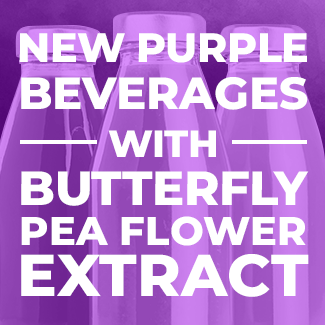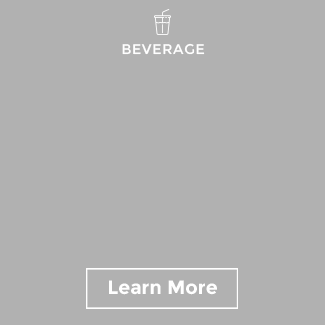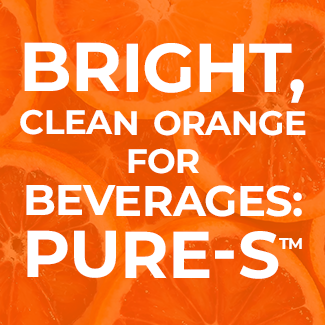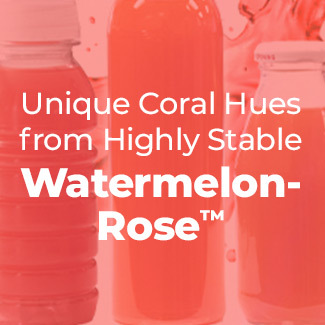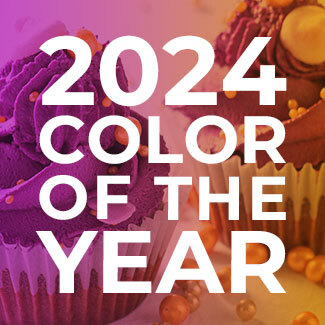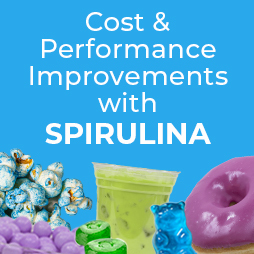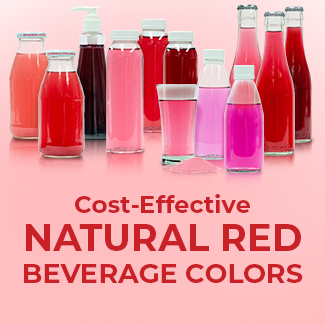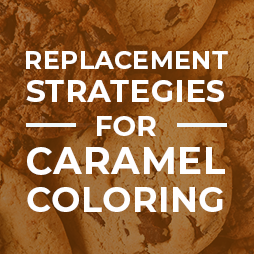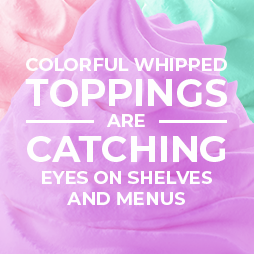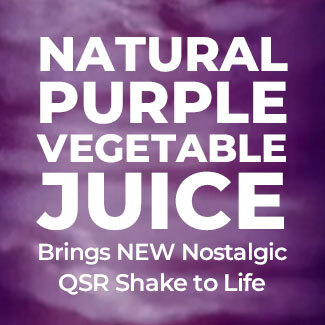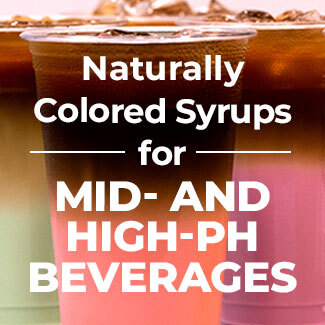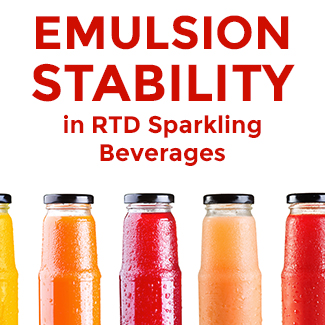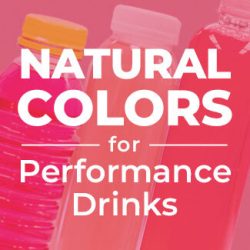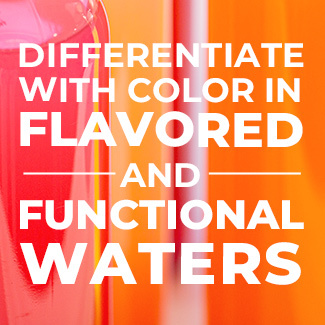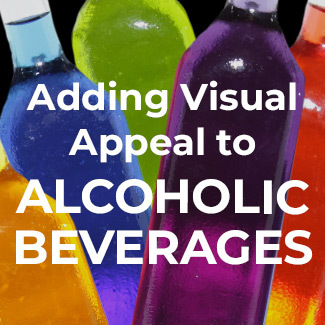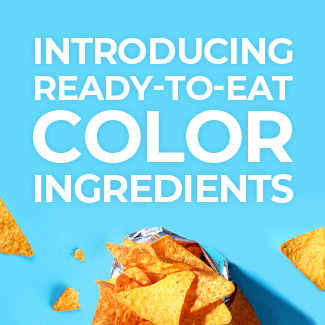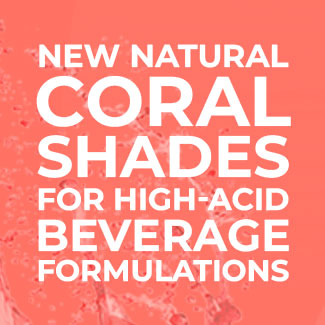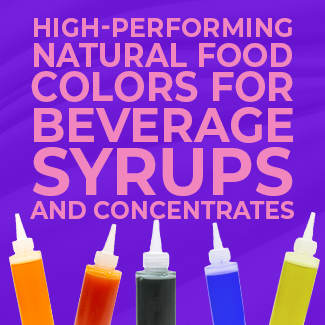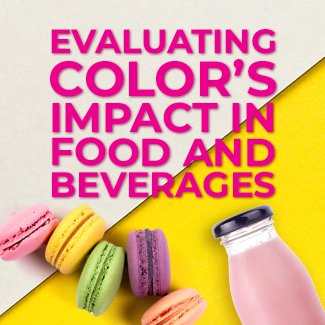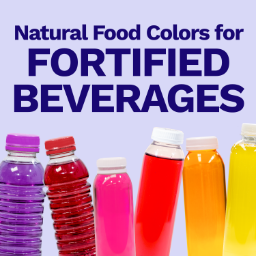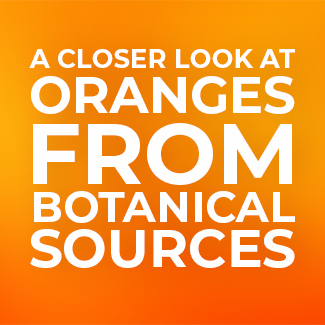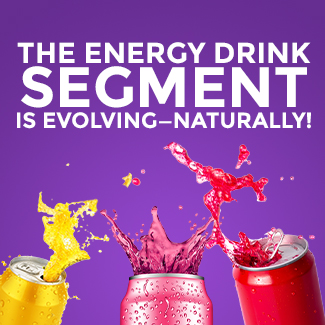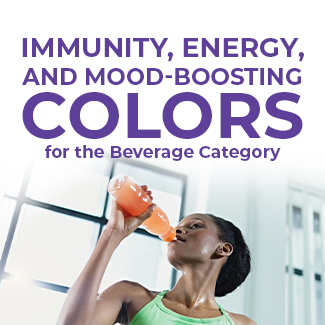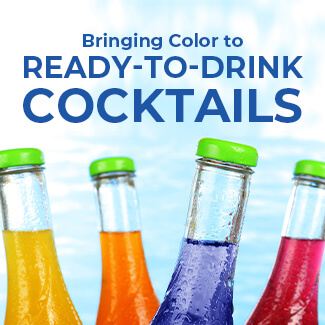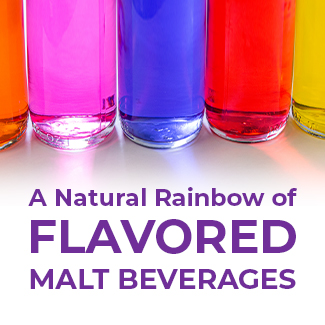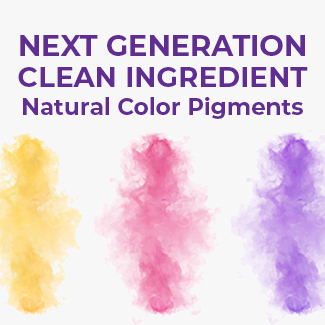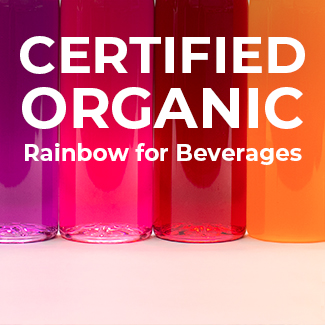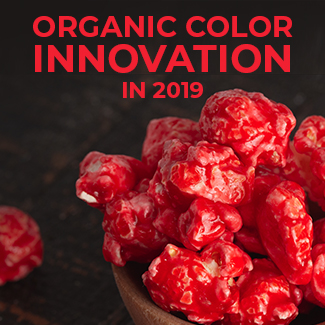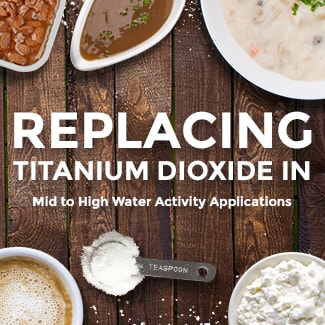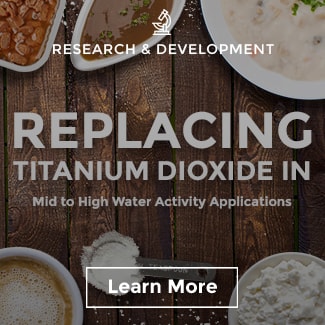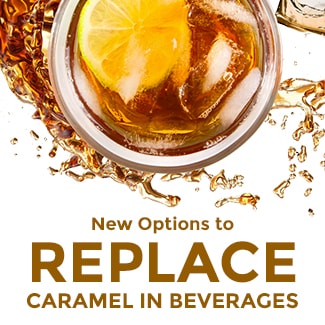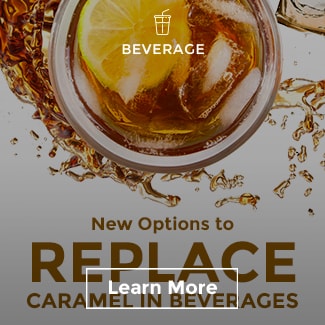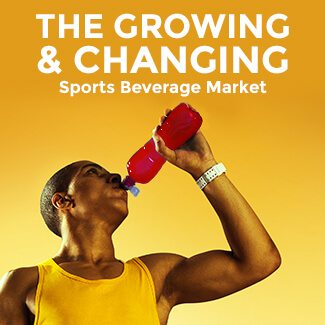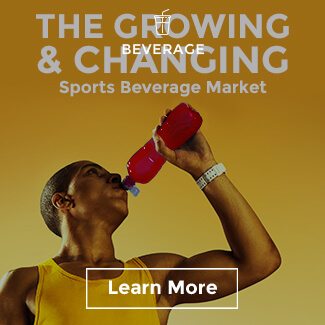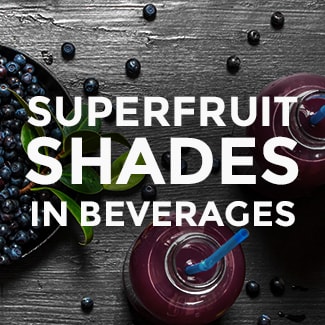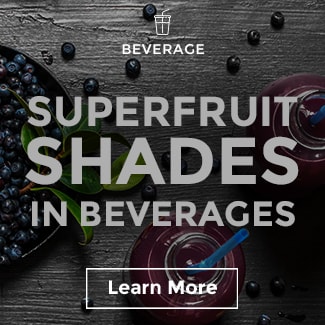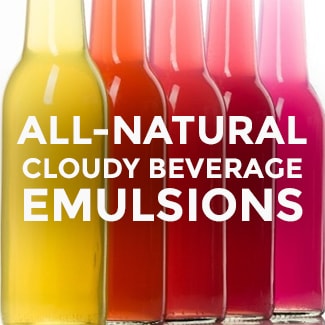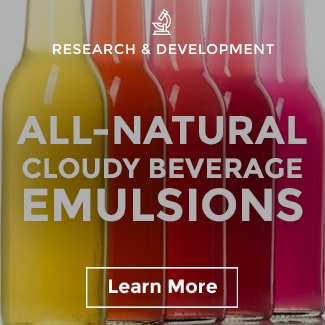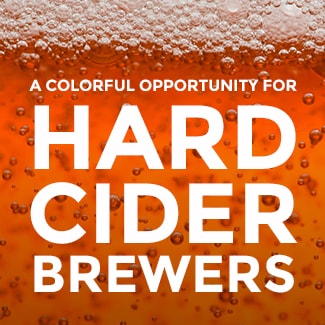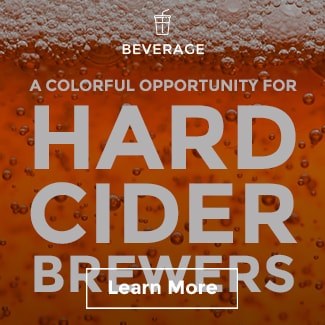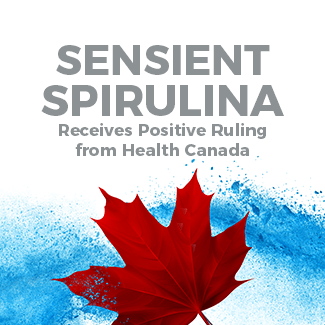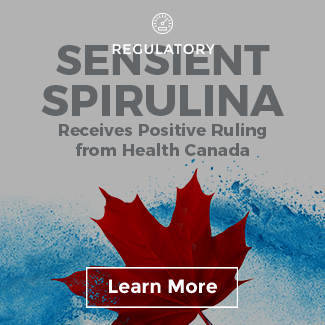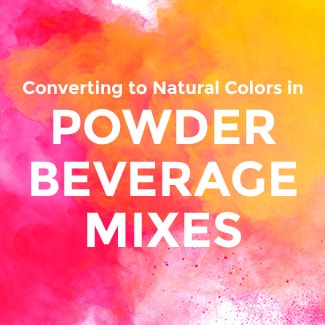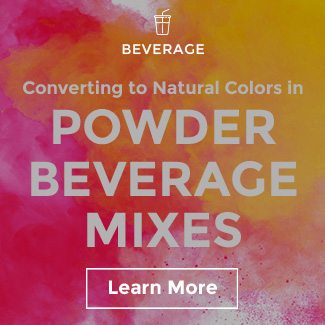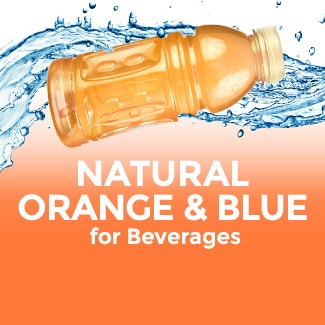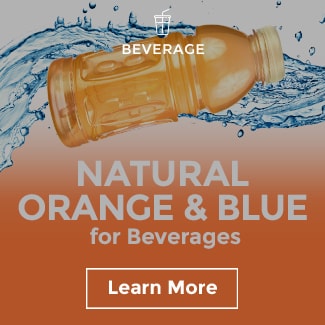Creating Colorful Beverage Syrups
From coffee drinks to milkshakes to refreshers, quick service restaurants are capitalizing on consumer interest in delicious, unique beverages. Bolstered by “treat culture”, a common response to an uncertain macroeconomic atmosphere in which shoppers add or upgrade relatively small purchases instead of major splurge occasions, elevated drink launches are popular LTOs.
To create these standout beverages, brands typically use syrups that impart flavor and color to a standard base. Developers tasked with creating beverage syrups tend to face several common questions regarding color:

What pH is the finished good?
Acidity can have an impact on the performance of color solutions, both synthetic and natural. Sometimes this effect is helpful, while others can be challenging depending on the product, shade, or solution. Most anthocyanins to create reds and pinks thrive in low pH situations, while butterfly pea flower extract is a stunning blue in higher pH conditions.
What is the target shade or flavor?
Some target hues are more plentiful in nature than others. There are many natural red and pink solutions available on the market, while a coral, blue, or green might require a more unique solution. Supporting the flavor profile with a complimentary color is important to conveying the taste of a beverage from the beginning of the customer experience.
Research shows that consumers are disappointed by colors that don’t match a specific flavor profile, such as a red drink with a blueberry flavor, or a colorless beverage with a tangerine flavor. Optimized color lifts purchase intent +5% and flavor perception +15% across categories.

What other factors may influence ingredient performance?
Heat, light, and regulatory conditions may impact color ingredient performance or stability. Color experts can guide developers away from unstable solutions for best performance. Sensient offers a deep portfolio of clean-label alternatives to solutions that are facing regulatory or consumer pressures, such as titanium dioxide or caramel.

How versatile does
the syrup need to be?
Some brands prefer to launch a range of products in the same flavor or color family that may have different conditions, such as refreshers and coffee-based drinks, or a coffee drink and a matching flavored foam topping. Color experts can work with your brand’s requirements to help you achieve these goals and reuse ingredients across multiple products.
What is the target usage rate?
Because syrups are used in finished goods where they are functionally diluted into the beverage base, it’s important to ensure the color is sufficiently bold in the syrup application to provide the preferred shade in the end product. Highly concentrated natural colors, such as SupraRed™, can make this easier and offer potential cost savings for brands over colors that would require a higher usage rate. Thanks to stronger natural colors, lower usage rates can also avoid any undesirable interference in the rest of the syrup recipe, such as viscosity or flavor impacts.

What else is on your mind?
Sensient’s team of experts loves to talk color and has years of industry experience helping developers and brands bring new, unique products to life to delight consumers. We can’t wait to see what your team creates for the next viral refresher, latte, macchiato, lemonade, or milkshake! Let us know how we can help or get started with a natural color sample or a refreshed natural color library today!










